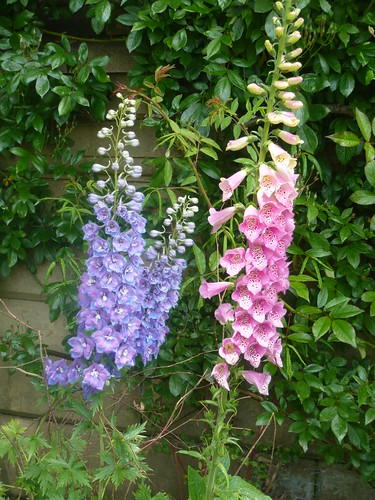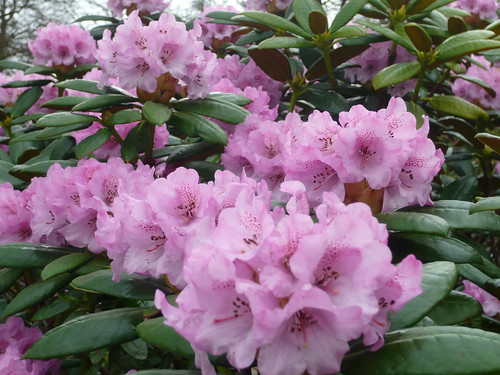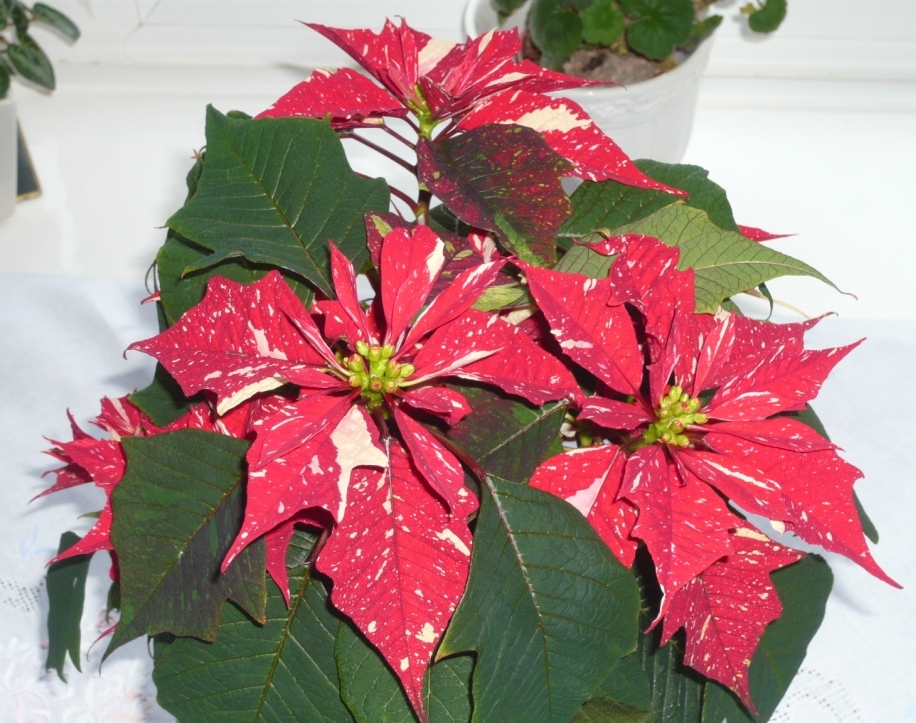Growing and Sprouting Seeds
Germinated seeds of edible crops can be very tasty and full of healthy properties. Crops are ready from 4 days onward depending on the variety. Below are several lists of seeds and nuts for growing and sprouting at home.
Choice of Seeds for Sprouting
Red Cabbage Brassica oleracea
Attractive, pinkish tinge to stems adds colour to salads. Red Cabbage is easy to sprout in a warm dark place if white sprouts are required, or in the kitchen, out of direct sunlight, for green sprouts. This will give two slightly different tastes and textures. Sow all year round; fast growing, ready to eat in 2-4 days.
Spicy Fenugreek Trigonella foenum-graecum
Fenugreek Sprouting Seeds have a strong spicy curry flavour. High in Vitamins A and C. Easy to sprout in a warm place. An airing cupboard is ideal if white sprouts are required, or in the kitchen, out of direct sunlight, for green sprouts. This will give two slightly different tastes and textures. Sow all year round; fast growing, ready to eat in 2-4 days.
Use raw to add flavour and texture to a salad and sandwiches. Blanch in hot water and add to stews soups, casseroles and curries or put in stir fries
Lentils  Lens culinaris
Lentil Sprouting Seeds have a slightly nutty/peppery flavour. High in iron and Vitamins A and C. Easy to sprout in a warm place. An airing cupboard is ideal if white sprouts are required, or in the kitchen, out of direct sunlight, for green sprouts. This will give two slightly different tastes and textures. Sow all year round – fast growing, ready to eat in 2-4 days.Sprout in a warm place for nutritious sprouting seeds.
Sprouting Seed Method
- For growing indoors put 1 tablespoon of seed in a jam jar or seed sprouter.
- Cover seeds with about 250ml of water and cover the jar with a piece of muslin and secure with a rubber band.
- Soak seeds overnight and they will swell considerably. …


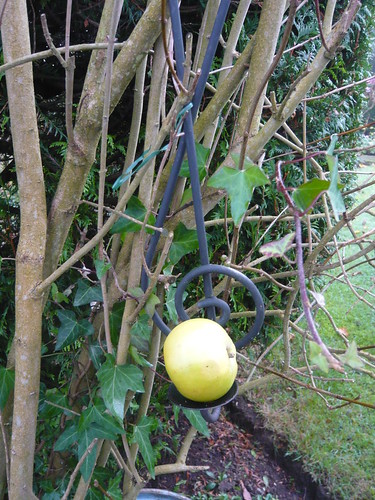
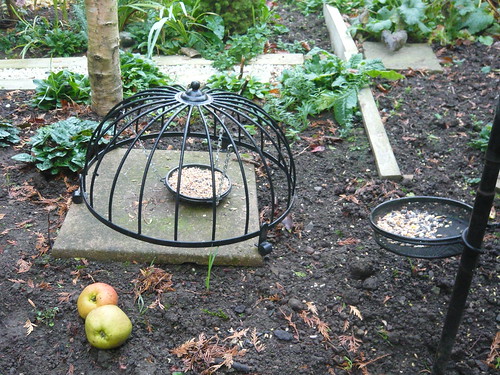
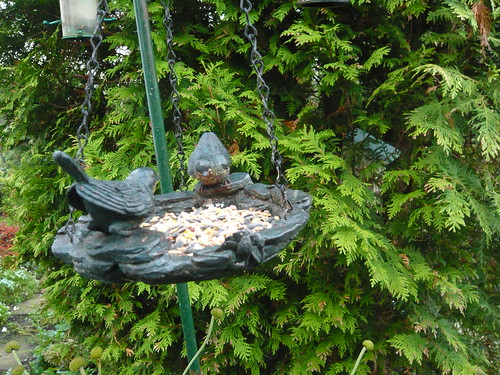
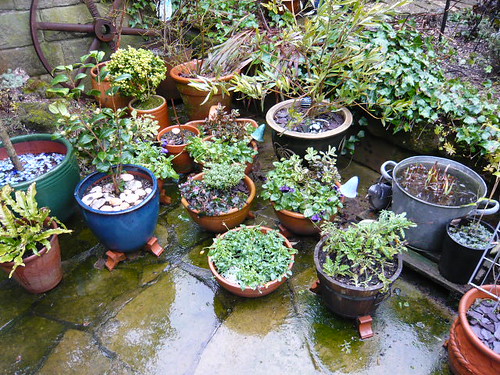
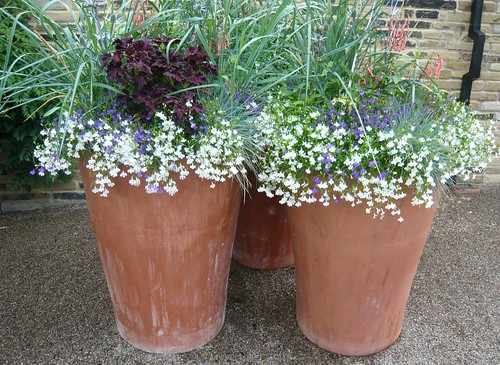
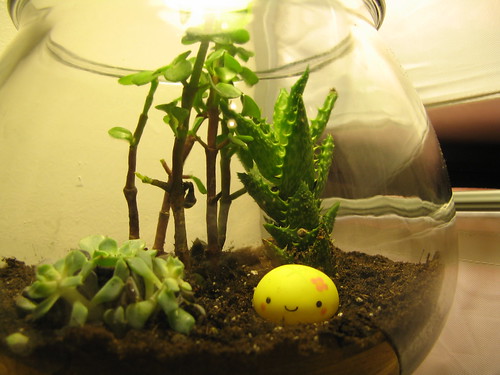 photo by medoriastar
photo by medoriastar
